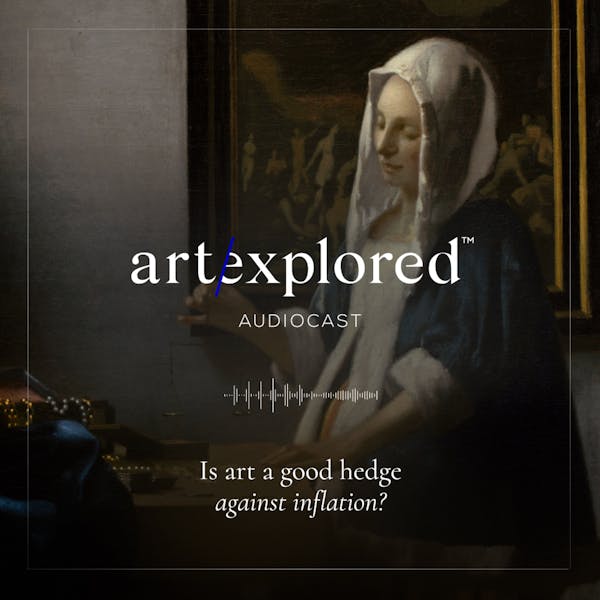Yue Minjun returns with lockdown-inspired paintings
The Chinese artist's creativity blossomed in COVID exile
By Kala Barba-Court
Last year was a big 12 months for artist Yue Minjun; after a decade-long hiatus, he returned with two solo shows at Tang Contemporary Art's Hong Kong and Beijing galleries in March and December, respectively. Although stylistically similar to his iconic “laughing man” portraits, Yue’s most recent offerings are delightful deviations from what we've come to expect from him.
During the height of 2020's Covid restrictions, Yue found himself stranded in Dali, a historical town in China's southwestern Yunnan province. For the next six months, he was unable to return to his home in Beijing. But if this unexpected exile in a region known for its flower meadows and cherry blossoms taught him anything, it's that there were certainly worse places to be stuck during the pandemic. Having spent the last ten years researching and exploring new possibilities for artistic creation, this picturesque landscape inspired Flowers, a collection of surreal oil paintings in which facial features are swapped for vibrant blooms.
Yue's flower-faced characters appear in scenes inspired by cultural and personal references. Hibiscus Moscheutos, which features three swimsuit-clad women, is a nod to the Chinese “beauty calendars” that gained popularity in the 1980s following the dreary fashion of the Mao era, while the painting Geranium, Camellia, and Other Ten Flowers is lifted from a photograph of his former classmates. Throughout, flowers become decorative decoys that conceal expressions and thoughts behind a universal symbol of beauty.
That said, Yue's art is no stranger to ambiguity. In the 90s he shot to fame with his iconic Laughter series, an ongoing project of self-portraits with grotesquely exaggerated grins bordering on menacing. Laughter’s cheerful compositions, punchy pop art colours, and propaganda poster aesthetics were used as smoke screens to cleverly hide Yue's commentaries on social, political, and cultural issues in plain sight. This satirical, almost passive-aggressive approach to expressing societal disenchantment established him as a leading figure of China's cynical realism movement in the 1990s alongside Fang Lijun and Liu Wei.

In addition to Flowers, Yue pays tribute to the great classic Western paintings in his Classic Recreation series. “Paying tribute to the past masters is to look back and remind ourselves of the countless mistakes we have made through history,” says Yue. In the same vein as his flower portraits, he recreates canvases of Georges de la Tour's The Fortune Teller (c. 1630), Vermeer's Girl with a Pearl Earring (c. 1665), and Da Vinci's Lady with an Ermine (c. 1489-91), hiding each face behind lilium, hibiscus, and peach blossoms.
Making its first public appearance is the large-scale artwork Picasso and I. This impressive tableau is Yue's homage to Picasso's Guernica (1937), a piece he considers “the greatest work that expresses the subject of war.” “Picasso is my favourite artist, especially his bold and changeable style,” he explains. “Guernica exposes the harm and destruction that war brings to mankind. I want to borrow the energy of this work, which reveals the ugly side of human beings.” By replacing pained expressions with cut-outs of his smiling face, Yue coaxes the gory context away from the shadows and into the light.

Related Articles
Listen to audiocasts
Discover more arstists







